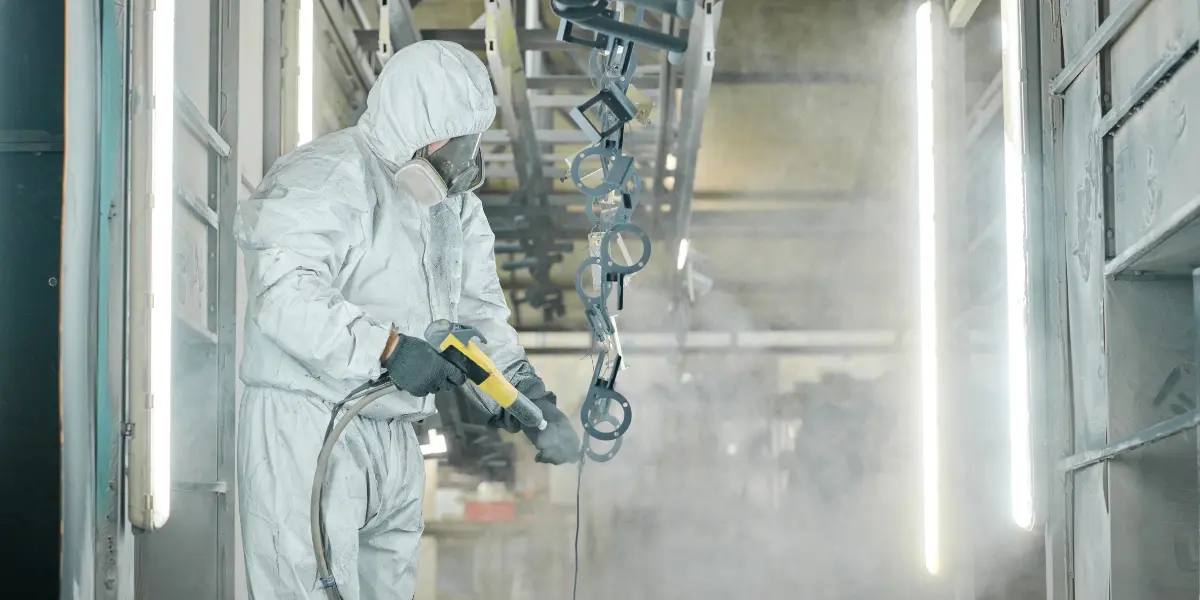Coatings companies face growing pressure to secure engineering and operations talent

The industrial coatings sector refers to specialized treatments applied to metals and machinery to protect against corrosion, hot temperatures and other harsh environments.
Coating services have seen steady growth in recent years, largely because they’re a low-barrier addition for existing industrial services companies. But as more organizations adopt these in-demand offerings, the talent needed to support expansion is becoming harder to find.
What’s driving growth in coatings?
Much of the momentum in the coatings space stems from a rebound in domestic manufacturing, particularly within oil and gas.
Companies operating pipelines, tanks and downhole tools rely heavily on coatings to protect materials exposed to tough conditions. This creates strong demand for businesses that specialize in applying protective coatings to sheet metal and other raw inputs.
Private equity investment is also playing a significant role. Coating services are often seen as a complementary add-on to traditional industrial services, requiring minimal equipment and warehouse space. That makes the segment attractive for M&A, especially for private equity firms looking to grow portfolios inorganically.
Coatings businesses can be folded into a larger platform with relatively low capital investment, expanding capabilities and creating more value. The wide variety of coating types adds even more roll-up potential, as many customers prefer working with a single provider rather than coordinating multiple specialty firms.
The talent crunch behind coatings expansion
Growth in the coatings sector means more demand for specialized talent, especially in engineering and operations.
The Bureau of Labor Statistics projected that industrial engineering jobs will grow 11% between 2024 and 2034. Despite the upward trend, fewer professionals are entering the field, leaving companies with a shrinking pool of qualified engineers at a time when their expertise is needed most.
Operations leaders are also in short supply. Companies entering the coatings space seek experienced general managers or CEOs who can launch new service lines, manage budgets and bring industry knowledge to the table.
The challenge is that many of these candidates are approaching retirement, and while succession planning can help existing businesses prepare for leadership changes, it doesn’t address the talent needs of newly acquired or launched coating operations.
What to consider when recruiting talent in coatings
Organizations anticipating senior-level talent needs should start building internal pipelines early. Much like succession planning, developing leaders from within helps preserve company culture, institutional knowledge and operational continuity, which are all critical in a specialized, relationship-driven field like coatings.
A proactive approach often starts by identifying high-potential early- and mid-career professionals and giving them the tools to grow into leadership roles. Pairing these individuals with current executives, assigning them ownership of key budgets/teams and exposing them to strategic initiatives can accelerate readiness for senior positions.
Bottom line
Growth in the coatings industry is fueled by demand for oil and gas and supported by an attractive M&A environment. It’s a cost-effective, complementary service that fits naturally into many industrial platforms.
But with that growth comes a need for senior leadership and technical expertise. Companies that invest in talent now will be better positioned to meet the rising demand.
To learn more, contact Jesse Warnke at (336) 217-9102 or jesse.warnke@charlesaris.com.
SIMILAR ARTICLES
Meaningful conversations: How our deal-sourcing team connects with founders
We launched our transaction services business with the guiding philosophy that meaningful conversations lead to successful deals.
The new era of workplace wellness at Charles Aris
Throughout the past year, we’ve also integrated firmwide activities into our culture to promote healthy meditation, social events and exercise.
Charles Aris in the community
Our firm places a high value on giving back to our communities, and our team members have been working alongside several organizations to do so.



